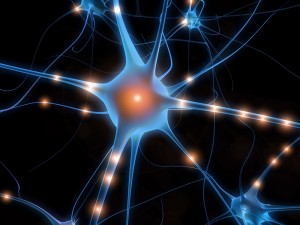Habit Change and Wagon Ruts
Habit Change and Wagon Ruts
What do wagon ruts have to do with habit change? Good question! I’m glad you asked!
It’s all about taking advantage of the relatively new knowledge of our brain’s plasticity—the ability of our brain to make new neural pathways and new neural connections in response to outside stimuli. I use that information and make a metaphorical comparison between our neural pathways and old fashioned wagon ruts.
Perhaps you’ve seen a literal wagon rut from a famous pioneer trail. They are well-worn ruts, usually very deep, cut into the ground. The more used the path, the deeper the rut is.
The same basic thing can be said of the pathways in our brain. The more you use your brain in one area the stronger the connections become or the denser the network is. Older adults find it very easy to remember things that they’ve done a lot of practicing around, for example playing a musical instrument. If they’ve had years of musical practice their neural pathways are strong and dense and allow them to remember long into their old age.
In the same way, any habitual thing that you’ve done over and over has developed stronger neural connections in your brain for that specific behavior. Or using the metaphor, the more you’ve done a habit, the deeper the rut is for that habit.
Deep ruts are hard to get out of in the same way that deeply embedded habitual actions are hard to stop doing. But instead of focusing on the negative aspect let’s look at the positive.
Every single time you make the right choice and do your new good behavior that you are trying to make into a habit, you are deepening your “rut” or deepening your neural network in that area. I think that reminding yourself of that fact will actually help you make the right choice more often.
Which “rut” do you want to deepen? The old bad habit rut or the new good habit rut? Make the right choice and it will continue to get easier and easier each time to make that right choice since you will be strengthening your neural connections for the good thing and weakening (by lack of use) the neural connections for the bad thing.
Please let me know if this post was helpful to you in helping you succeed in some form of habit change. Comment below.


There are many articles on/about neuroplasticity but few on implementation.
I would like to see more about implementaion.
Joe